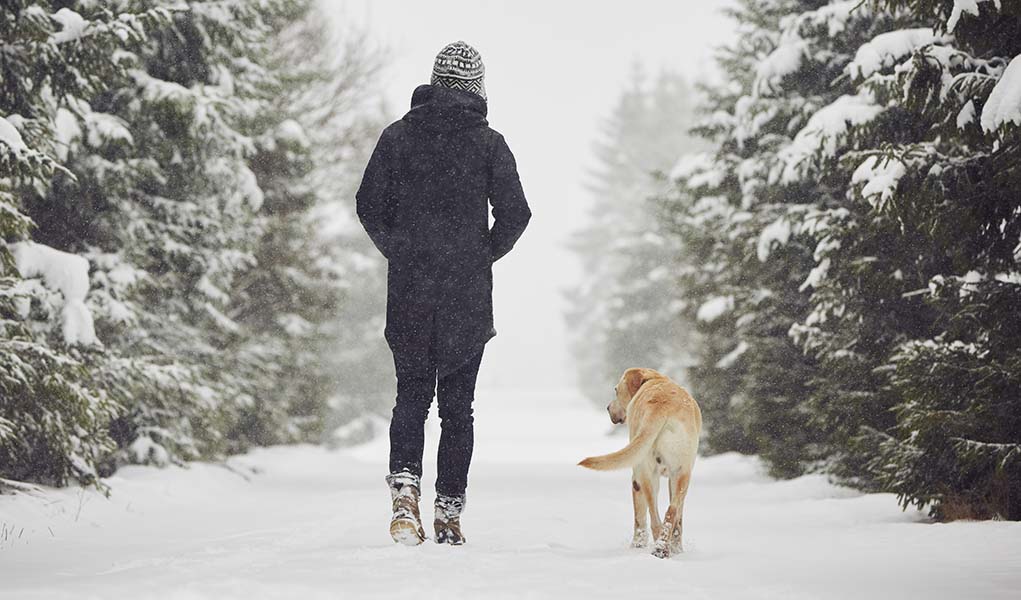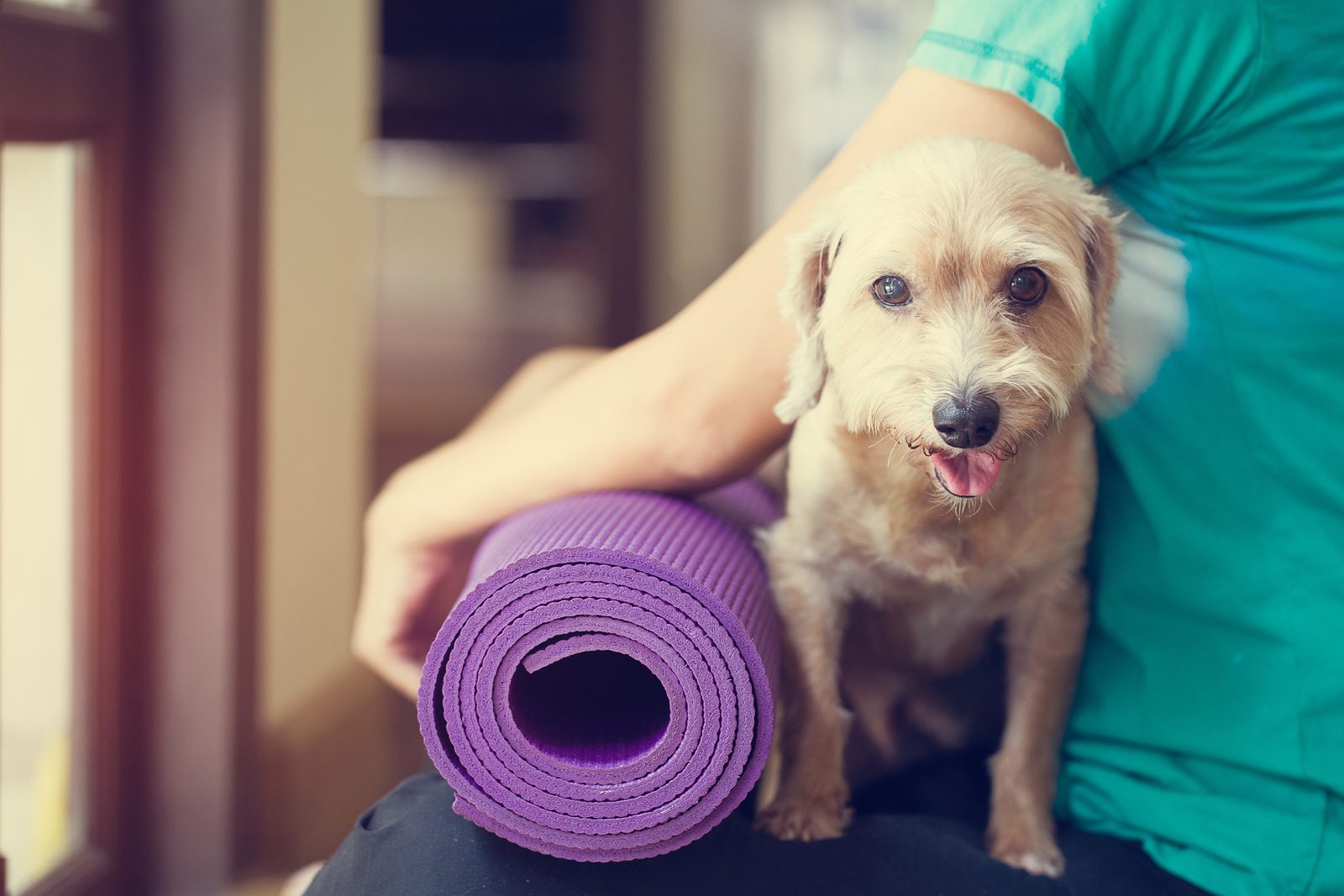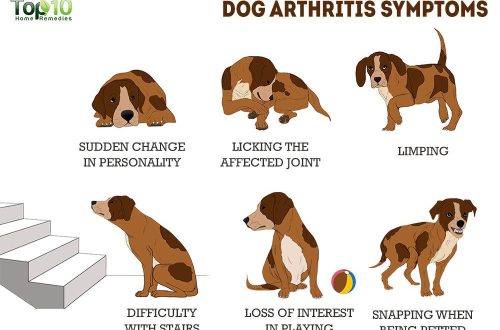
Difficulties of walking the dog in winter
In winter, it becomes difficult to maintain an active lifestyle. This applies to both dogs and people. Cold temperatures, snow, short days, and other challenging conditions can make walking your dog during the winter difficult and potentially dangerous. Following winter pet safety tips can help reduce the danger, but it doesn’t make things easier. In this article, you will find some useful solutions to the problem of walking your dog in the winter.
Contents
Walking the dog in winter: is it really a good idea?

Winter weather can create many dangers and problems for dogs. First, according to the Association of Professional Canine Handlers (APDT), puppies and older dogs are the most exposed to extreme temperatures and at risk of contracting cold-weather illnesses such as frostbite and hypothermia.
Dogs with certain problems, such as thyroid disease or chronic lung disease, should also be exposed to very limited exposure to cold air.
However, the cold is only one of the risks that a dog is exposed to when walking in the winter. Antifreeze has a sweet taste that attracts dogs but can be fatal if swallowed. While keeping your dog away from this poisonous chemical may seem like a simple task, the real danger is that your puppy could walk over spilled antifreeze and then lick their paws.
Salt and other chemicals used to melt ice can irritate your pet’s skin. Add to that shorter days and an increased chance of having to walk your dog after dark, which also comes with a number of safety hazards.
Winter Pet Safety Tips
Despite the dangers, for most dogs, walking is still a great way to stretch. Many of them love snow and tolerate colder temperatures very well. With the right precautions, winter walks can be safe and enjoyable for you and your pet. Here are some winter pet safety tips recommended by APDT:
- Protect cold-sensitive dogs, including those mentioned above, as well as small breeds and dogs with short coats and/or thin layers of body fat, with dog clothing.
- Protect your pet’s paws from salt and other irritants, as well as traces of toxic chemicals, with dog boots or rubber boots. If your dog doesn’t like to wear shoes, you can cover his paws with a wax-based protective cream, like those used for sled dogs. Be sure to thoroughly wipe the puppy’s paws before bringing him into the house to remove not only the cream, but also anything that may have stuck to them.
- Keep your puppy on a leash when you are outside with him. As tempting as it is to let him run through snowdrifts, they can hide many potential dangers. In addition, dogs without a leash are at a higher risk of falling into a frozen body of water and falling through the ice. Always try to walk on clear sidewalks if possible to reduce the chance of encountering hidden threats. It is also useful to carry a flashlight with you when walking. As mentioned, as the days get shorter, you will be walking your dog during the dark more often, but it can also be useful during the daytime when visibility is poor due to the weather.
- Don’t let your dog eat snow. This can dangerously lower his body temperature, and the snow can also contain harmful chemicals or hidden objects.
- How many walks with the dog in winter? Limit the amount of time your pet spends outside to prevent hypothermia or frostbite. You should monitor your pet for signs of cold exposure. These include whining, shaking, anxious behavior, slowing down, stopping movement, or seeking shelter. If you notice any of these signs while walking your dog in cold weather, head indoors immediately.
Other ways to stretch

If it’s very cold outside or the weather is too bad to walk your dog, help him get the physical activity and mental stimulation he needs by staying warm and cozy indoors.
- Game «Fetch!»: A long corridor or free space without obstacles is enough for your puppy to chase his favorite toy. True, he may have to retrain this game of football if he has not yet mastered how to bring the toy back.
- Running up and down stairs. As long as your dog is healthy, has no joint or hip problems, and can climb obstacles without problems, a few laps up and down carpeted stairs can be great exercise. Added bonus: you will increase your heart rate too!
- A game of catch-up. If your house is large enough, have the puppy run after you as you move from room to room. Use treats or your pet’s favorite toy as bait if he needs motivation to move.
- Peekaboo. Hide treats or toys around the house and ask your dog to find them.
- Sign up for courses. Winter can be a great time to hone good manners and get obedience training. The courses provide an opportunity for indoor practice and an opportunity for both of you to socialize, which can help combat irritability. Your puppy might enjoy learning in agility classes that take place on the premises, or you can check with your gym if they have dog yoga classes that you can attend with your dog.
- Improve your home training skills. If attending a course is not an option for you, you can still combine exercise and mental stimulation with strengthening your furry companion’s obedience skills using books, DVDs, websites, or online lessons as guidance.
- Start going to the indoor dog gym/dog park indoors. And while they’re still only growing in popularity if you have them in your area, the dog gym offers plenty of fun indoor games and exercise options for your pooch.
While walking your dog in the winter can be problematic, it can certainly be made safe and fun for everyone. Paying attention to your pet’s needs and comfort, as well as paying close attention to the environment and using common sense, can all go a long way towards ensuring a safe and active winter. Also, remember to take precautions for yourself when you leave the house. Be sure to dress warmly so you don’t get sick or get injured. We care about the well-being of pet owners just as much as we care about pets!





